NEW DELHI: Oilmeal exports fell by 9.75 per cent to 1,08,342 tonnes in November this year on sluggish demand, industry body SEA said today.
The country had shipped 1,20,059 tonnes of oilmeal used as an animal feed in November last year.
During April-November of the 2016-17 fiscal, oilmeal exports fell 27 per cent to 6,62,489 tonnes from 9,03,624 tonnes in the yearago period, according to the latest data released by the Solvent Extractors Association of India (SEA).
The fall was mainly due to "lesser availability of oilseeds for crushing and continuous disparity in exporting soyabean meal in international market," it said.
In November 2016, rapeseed meal export fell to 12,304 tonnes from 12,845 tonnes in theyearago period, while rice bran extraction declined to 2,371 from 12,528 tonnes in the said period.
Similarly, castor seed meal export almost halved to 41,451 tonnes from 82,777 tonnes in the said period, Mumbaibased SEA said in a statement.
However, the export of soyabean meal rose to 51,805 tonnes in November this year from 8,909 tonnes in the yearago period. The country also exported about 411 tonnes of groundnut meal during the said period.
South Korea and Vietnam are the two top destinations for export of oilmeal from India.
Pradhan said that the theme of the meeting "Gas for Growth : Improving economic prosperity and living standards" could very well be the story of the initiatives taken in India towards this end.
He further said that compared to international average, the share of gas in India's primary energy basket is only at about 6.5 per cent and the government wants to raise it to 15 per cent.
"This means annual gas consumption would accelerate from about 50 billion cubic meters to above 200 bcm in future," he said.
A shift towards a gas based economy, he said, would require adequate availability of natural gas through domestic production as well asimports, adequate investments in pipeline, LNG import terminal and city gas distribution infrastructure.
To meet the demands that an economy with 15 per cent share of gas in the energy basket will entail matching infrastructure of LNG import terminals and pipelines, he said.
While LNG importing capacity is being doubled from current 25 million tonnes, pipeline network will be doubled to 30,000km in next five years, he said.



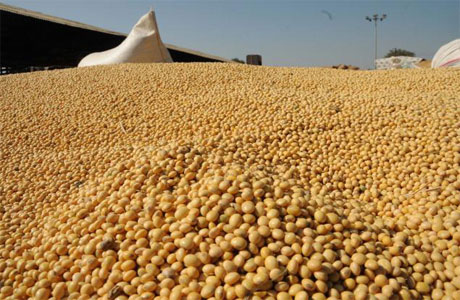
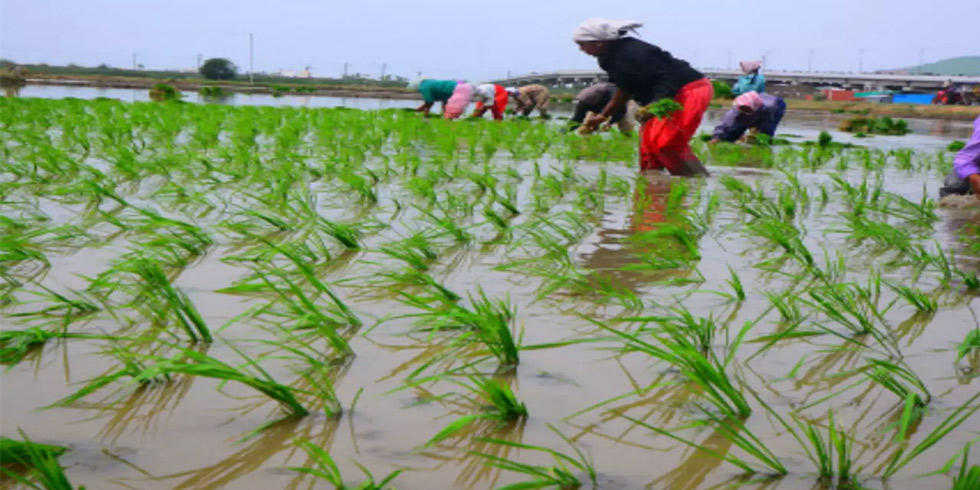
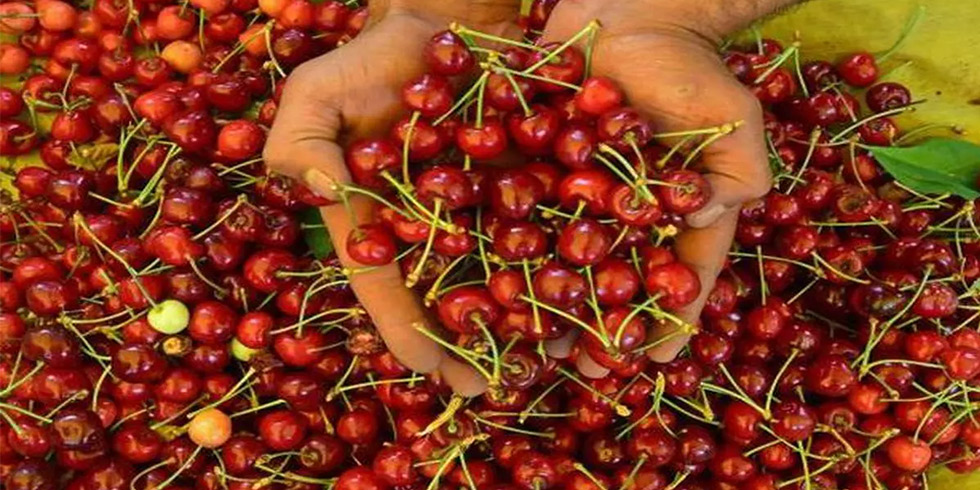
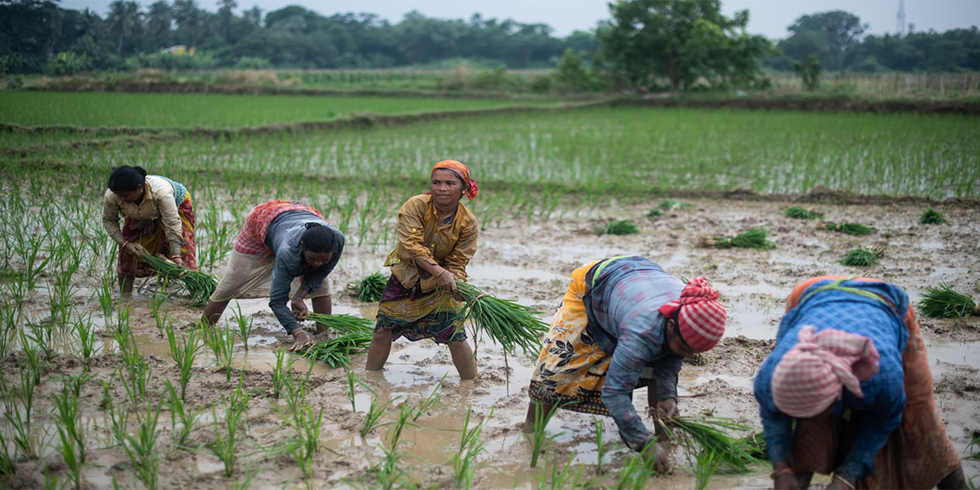
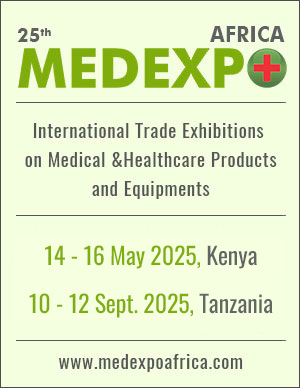
Add Comment